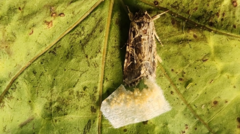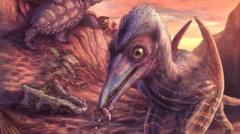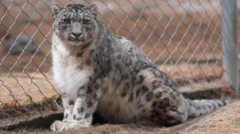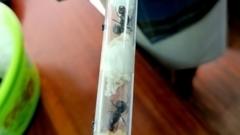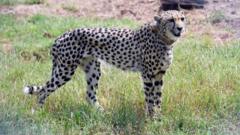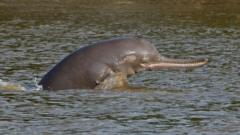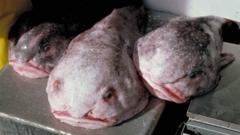With only 110 Hawaiian crows left in existence, researchers have embarked on a groundbreaking reintroduction project, relocating the birds to Maui to shield them from predators and increase their chances of survival.
Hawaiian Crows Take Flight: A Bold New Plan for Survival

Hawaiian Crows Take Flight: A Bold New Plan for Survival
Efforts to reintroduce the nearly extinct ʻalalā, or Hawaiian crow, face new challenges as wildlife researchers attempt to safeguard the endangered birds on Maui.
When the aviary door swung open, the five young ʻalalā, or Hawaiian crows, hesitated at first, taking in their new surroundings. These glossy black birds represent some of the last remnants of their species, which has been extinct in the wild for the past 20 years. Initially, past reintroduction efforts yielded little success, leading researchers to rethink their strategy.
In November, a collaborative effort between non-profit organizations, state, and federal agencies saw the release of these birds—this time on Maui, rather than their traditional home on the Big Island. The decision was made after previous crows faced dangerous predators in their native habitat, specifically hawks that had decimated their numbers during earlier attempts.
“The aim is to provide them with an environment where they can thrive,” explained ecologist Alison Greggor, a key player in the reintroduction led by the San Diego Zoo Wildlife Alliance. “They are carrying the hopes of their entire species.”
Past releases showed promise, with several birds surviving over a year in the wild. However, numerous factors contributed to their eventual decline. In the late 2010s, caretakers attempted to ground the crows in hawk awareness by playing alarm calls and introducing taxidermied hawks inside the aviary. In 2020, only five remained, leading to their rescue back into human care.
By moving the crows to Maui, scientists aim to provide a controlled environment that mitigates predator threats while assessing the best path for eventual reintroduction back to their original habitat. If successful, the reintroduction project may pave the way for the restoration of these iconic birds to the Big Island, preserving a vital part of Hawaii's unique ecosystem.


